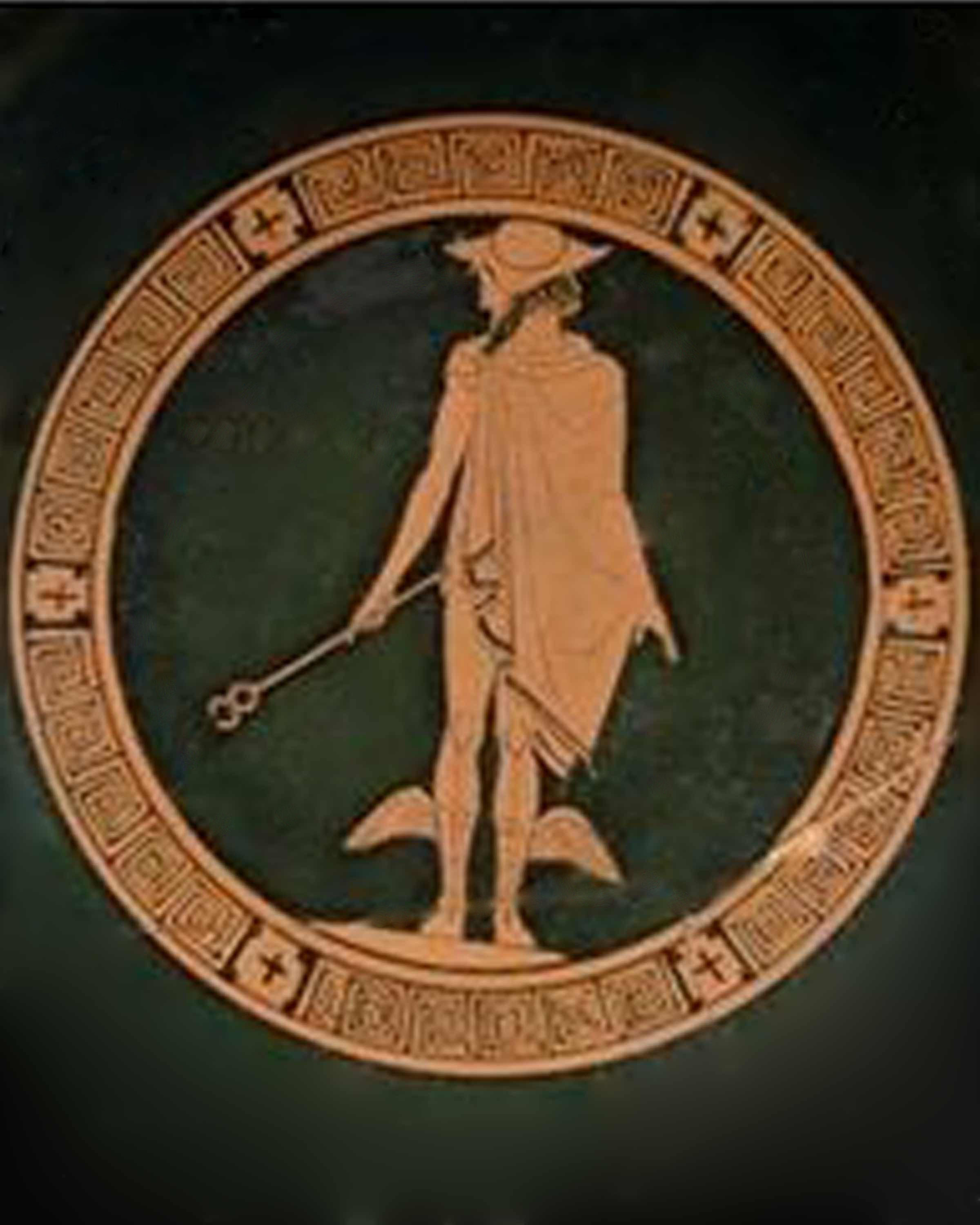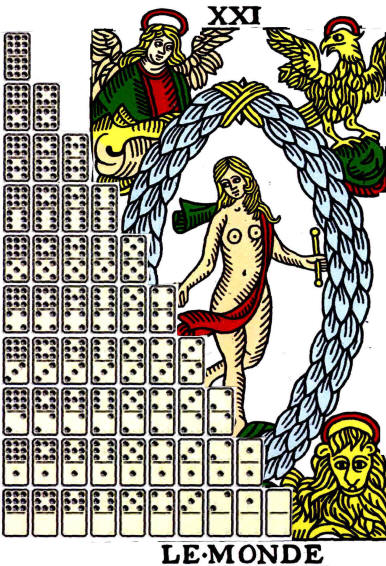Pip Trump Club Notes
The Pip Trump Club is a
private
Facebook group devoted to metaphoric readings of a Pip and Trump
card in the Marseille style tradition. About twice a week a member
selects a pair of cards, usually one Trump and one Pip for
collective interpretation. Most contributions go unremarked.
Generally the group offers readings of the pair using a variety of
imaginative techniques, many inspired by the poetic surrealist tarot
interpretations of Enrique Enriquez.
One may characterize these interpretations loosely as conceptualist tarot readings: where the cards are read anew each time as potential performance. Each reader follows their own lights and sometimes discussions and cumulative riffs follow and flow between discussants.
First 100 pages of notes and illustrations. Pip Trump 1
Second 100 + pages with appendices Pip Trump 2
Third 100 + pages with appendices Pip Trump 3
Fourth 100 + pages with appendix Pip Trump 4
Fifth 150 + pages with appendices
Pip Trump 5
Sixth 100 + pages with appendix Pip Trump 6
Seventh 100 + pages with appendices Pip Trump 7
Eighth 100 + pages with appendices Pip Trump 8
Ninth 100 + pages Pip Trump 9
Tenth 148 pages Pip Trump 10
It should be obvious from these available records that no particular system is used, except loosely visual and verbal analogies taken from the cards of themselves as juxtaposed. From this base of association a variety of constraints and techniques are employed to shake loose stale and staid interpretations. Anagrams, multilanguage wordplay, puns, etymologies, phonetic mix-ups such as spoonerisms, homonyms, metonyms, double entendres, obscure words & meanings, clever rhetorical excursions, oddly formed sentences, expressive character appellations, verbal & visual analogues, rhymes, stylized metaphoric tunings, musical associations, photographs, art, poems, advertisements are invoked, and just about anything else that occurs to readers during the day or two that the pair of cards is actively under discussion.
The purpose of these records is to record this serious play which in a sustained way may help invent strong ways of reading Marseille style tarot cards based on the visual images themselves rather than on traditional cartomanic meanings. As in all such investigations much of what we do is brilliant in its failure rather than in its discovery.
Anyone is welcome to join the club either as an active
participant or as a lurker. Apply to a current member for entrée.
Here are a few excerpts of meta-discussions that occasionally
break out amongst the participants.
Enrique Enriquez has offered these quotations as a way of
orienting our procedures.
Thus in past years it fell to me to knead this art for more particular distinguishing signs in a way not revealed in the methods of the ancients but by calculations prompted by the similarity of a word's head and tail. For example, by its head's likeness "ass" [asinus] leads to the figure of "asylum" [asylum]; "he• who generates" [generans] to Genesis; and 'she who gives birth" [partunens] to Paralipomena. By the likeness of a word's tail, a temple [templum] leads to "contemplation" [contemplatio]; by the likeness of the whole body of the world, "mirror" [speculum] leads to "speculation" [speculatw].
--Giordano Bruno, an Italian Dominican friar, philosopher,
mathematician, poet, and astrologer. Bruno was deeply influenced by
Arab astrology, Neoplatonism, Renaissance Hermeticism, and the
Egyptian god Thoth. Bruno’s qualitative approach to mathematics and
his application of the spatial paradigms of geometry to language
inform his mnemonic cosmology and memory palaces.
By dissecting the words we like, without bothering about
conforming either to their etymologies or to their accepted
significations, we discover their most hidden qualities and the
secret ramifications that are propagated through the whole language,
channeled by associations of sounds, forms and ideas. Then language
changes into an oracle, and there we have a thread (however slender
it may be) to guide us through the babel of our minds.
--Michael Leiris, a French surrealist poet and writer known for
his innovative and autobiographical approach to ethnographic
inquiry.
...wordplay as a cabbalistic coveyance of the 'inner structure' of creativity
-- Jack Burnham, an American art theorist whose views of systems
art emphasizes systems theory as the dynamic by which to appreciate
art as work and should take precedence over traditional aesthetic
object-related and material concerns.
I realized that for some reason these figures which had arisen out of language had meaning to me that I would not have imagined, that I only got through the pun, which is why I have tended to follow the pun ever since. But when I began to do that, I began to become more conscious that I had a belief, in essence, in the sacredness of the activity of language --not in the particular language necessarily... ...I have a profound belief in that vas a sacred activity--that is to say something goes on. Now, you can use it to crack cheap jokes, you can use it to make profound statements, you can use it to deal with the political necessities of the world, and you can use it to write love poetry. You can use it for all sorts of things, but the activity itself has a tremendous power that has to be, within itself, respected. Now, it seems to me -what I have learned for myself- is that once I respect that activity of the language, then through the language I am literally led to things that I would not arrive otherwise.
--bpNichol, the Canadian oulipo and concrete
poet. Concrete or shape poetry emphasizes the typographical
arrangement of words is as important in conveying the intended
poetic effect as are the conventional elements such as line, rhythm
and rhyme.
Related resources
Tarot and Finite and Infinite Play (not yet written)
Process for Tarot Hermeneutics

